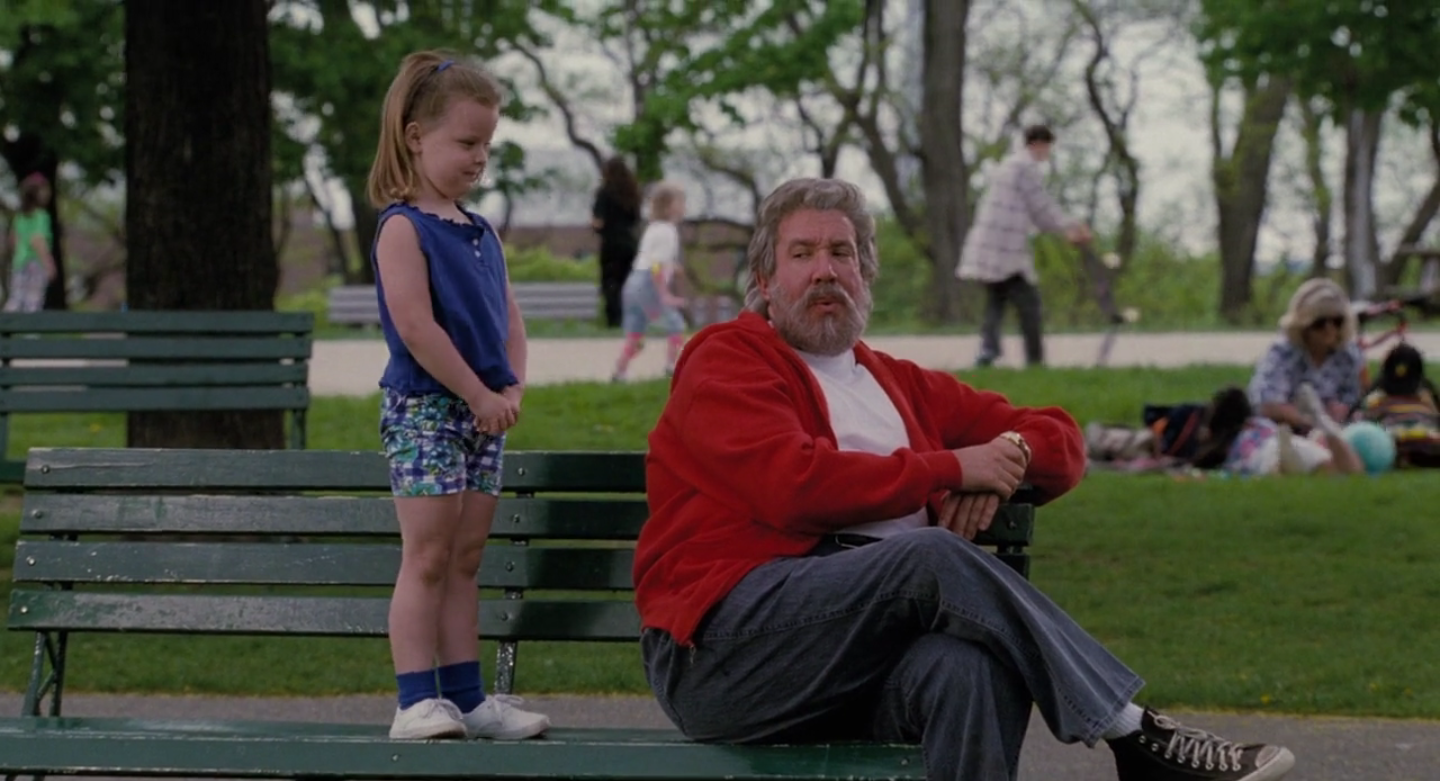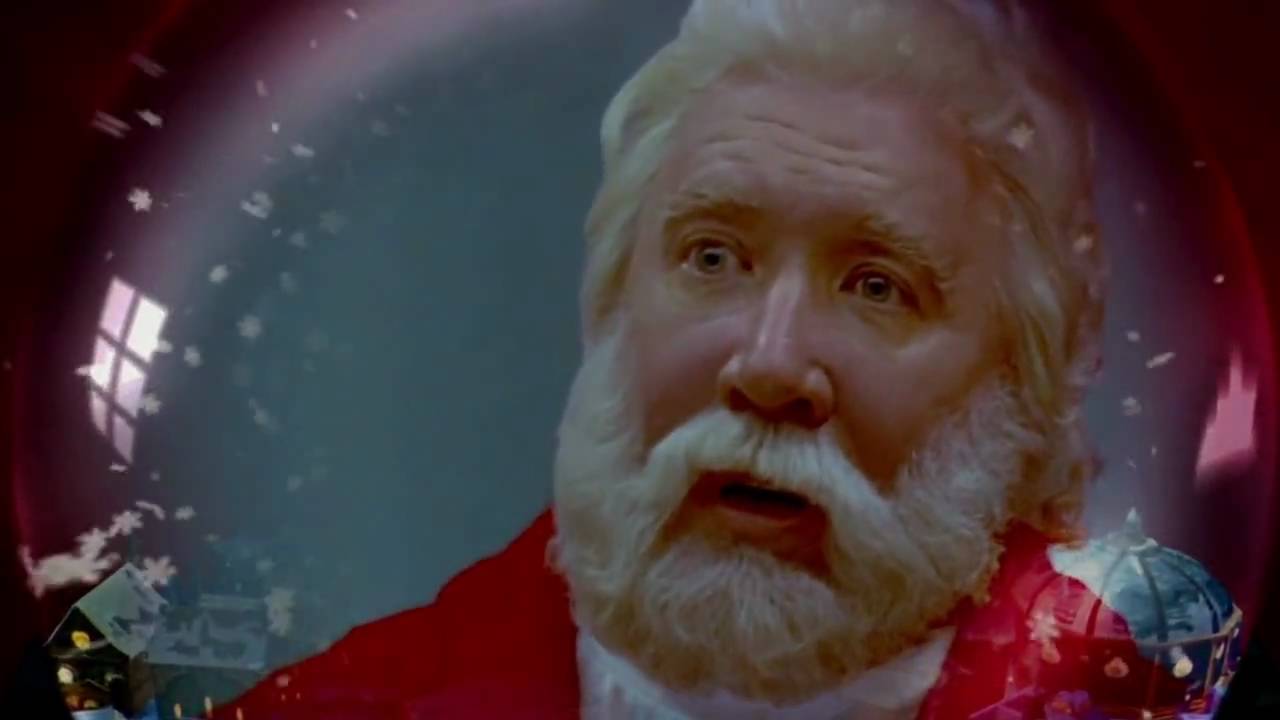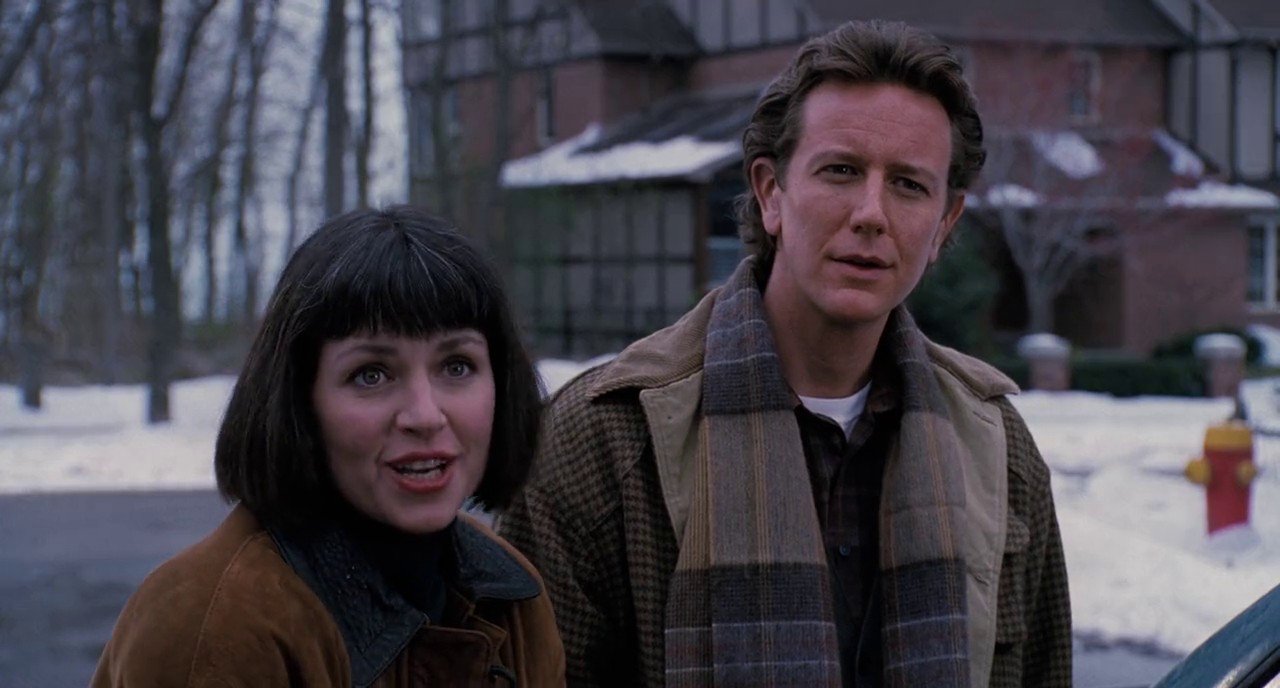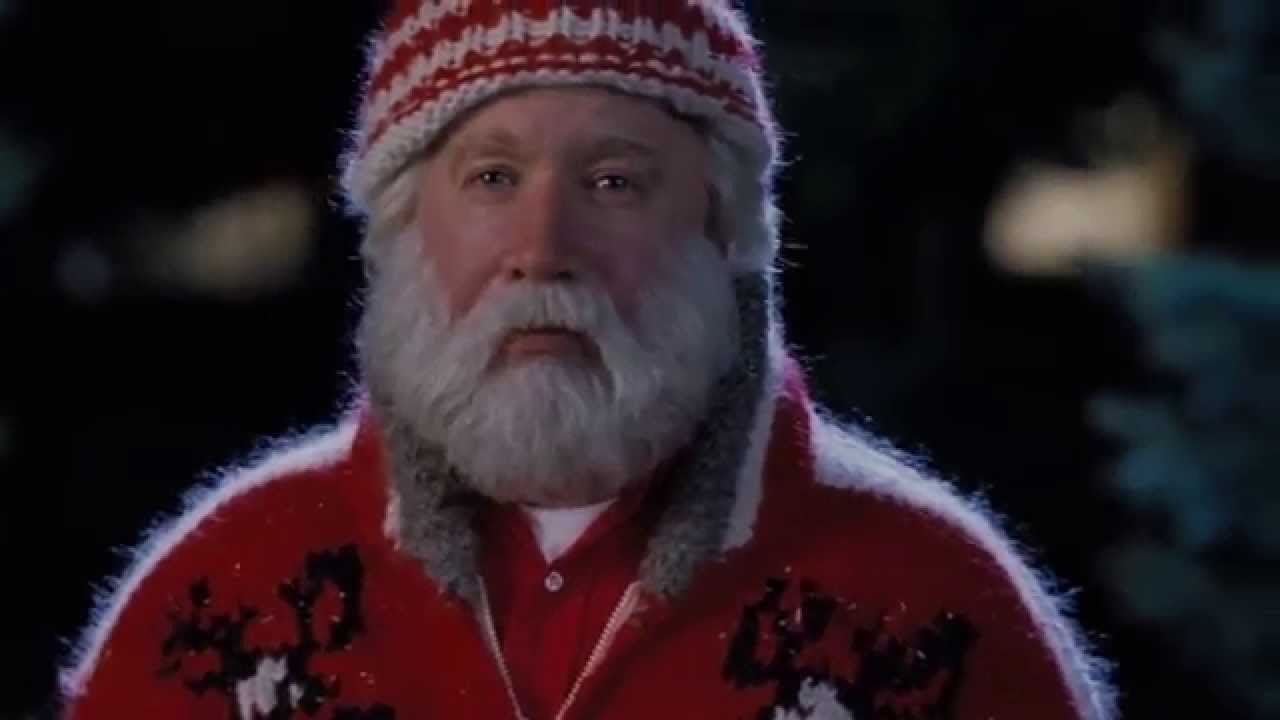Quality horror films rarely make a huge amount at the box office, at least since the grindhouse days. Word-of-mouth only counts for so much, and many movies we now recognize as genre classics have had to wait for their cult followings. But 1994 was an exception.
Tom Hanks’ soulful depiction of the chocolate-loving shrimp-profiteer Forrest Gump and Disney’s stridently pro-Royalist piece of anti-hyena propaganda, The Lion King, occupied the top spots in 1994. But this was also the year that snuck into the house at night and left true terror under our tree, in the form of the year’s 4th-highest grossing feature, The Santa Clause.
On the surface, The Santa Clause is a film about imagination and family. But like its predecessors The Texas Chain Saw Massacre and The Stepfather, this is a veneer that director John Pasquin (Miss Congeniality 2: Armed and Fabulous) and Space Jam scribes Leo Benvenuti and Steve Rudnick meticulously strip away, revealing the angst beneath. Dig deeper into The Santa Clause and you’ll find a morally conflicted engagement with the ethics of self, the ways in which we both are and are not whole, and the routes by which our cherished delusions come to infect those we love most.
For those who don’t recall, The Santa Clause focuses on a sociopathic advertising rep named Scott Calvin (Tim Allen at his most nefarious). Introduced accepting corporate congratulations for a record-setting sales year in the Midwest, Calvin is a social climber and narcissist, a seething Patrick Bateman-like figure in the world of toy hucksterism. He lies as easily as he breathes, but his charm is palpable.
Calvin is divorced from Laura (Wendy Crewson, excellent), though they share custody of their frighteningly sincere son Charlie (Eric Lloyd, a modern-day Damien). Laura has remarried, building a new life with the film’s protagonist, Dr. Neil Miller (Judge Reinhold). Neil is a sensible psychiatrist and the only character in the film who consistently recognizes Calvin’s descent into yuletide madness; tragically, his observations go unheeded by a world so confused it desires its own self-annihilation. Time and again, there are opportunities to pull back from the brink, but the force of malevolence embodied by Calvin’s psychosis proves too appealing.

One night, Calvin returns to his house and murders a man he finds on his roof. In a dramatically resonant sequence, he steals the dead man’s clothes, a metaphorical skinning that pointedly invokes one of Freud’s stories of infantile dysphoria in The Interpretation of Dreams. Like Bateman, Leatherface, Buffalo Bill in The Silence of the Lambs, and The Cobbler‘s Max Simkin, Calvin’s uncanny power is rooted in bodily transference, his fetishization of skin and cloth marking the emptiness that defines him. (Later, this tendency is underlined by a repeated focus on Reinhold’s sweaters, as key to The Santa Clause‘s symbolic universe as the fur muff in Kafka’s “The Metamorphosis”.)
Flash forward: Calvin now believes he is Santa Claus, the fictitious “man from the north” commonly associated with rigid surveillance and tyrannically moral calculation. After the murder, he imagines a trip to the “North Pole”, doubling both as physical and erotic location, where he lords his power over a factory staffed by child slaves. Upon waking, Calvin puts on a huge amount of weight and grows an improbable beard, becoming a living embodiment of unrestrained Id. (And also an embodiment of Allen’s commitment to the villainous role, as he actually gained and lost nearly 300 pounds for the part.)

As Dr. Miller, school administrators, and the police try to stave off his worst impulses, Calvin’s sociopathy just increases, and the structures of sensibility and shared experience give way. Young Charlie comes to believe in his father’s frightening lies, and slowly the wider community succumbs to their appeal. That appeal is, at root, about the erasure of passion in favor of symbolic neutering, a genuflection before the altar of discursive affect. As Lacan notes:
The sufferings of neurosis and psychosis are for us a schooling in the passions of the soul, just as the beam of the psychoanalytic scales, when we calculate the tilt of its threat to entire communities, provides us with an indication of the deadening of the passions in society.
Further, the Lacanian notion of castration — as a rupture between body and law — finds its corollary in The Santa Clause‘s final moments. After the entire town is drawn into Calvin’s delusion and rendered passive and compliant, Reinhold’s Dr. Miller is the final hold-out, much like Donald Sutherland in Invasion of the Body Snatchers.
But he is himself finally undone by Calvin’s master-stroke — the delivery of a phallus-shaped fetish item (a so-called “Oscar Meyer Weiner Whistle”) that the doctor desired as a pre-critical child. While positing an emotional return to genital wholeness, The Santa Clause actually emphasizes the original separation. It’s impossible to watch Reinhold’s tortured reaction without awe.

That “awe,” of course, is at the root of all horror — the quickening of the sublime, our powerlessness in the face of the universe’s absurdity. This is what The Santa Clause understands so painfully.
We may not recognize it at first, but it is felt to our core, waiting to manifest. As Little Elf Judy says, “Seeing isn’t believing. Believing is seeing.” The Santa Clause sees, believes, and ruthlessly takes stock. That’s all we can really ask from horror narratives.

